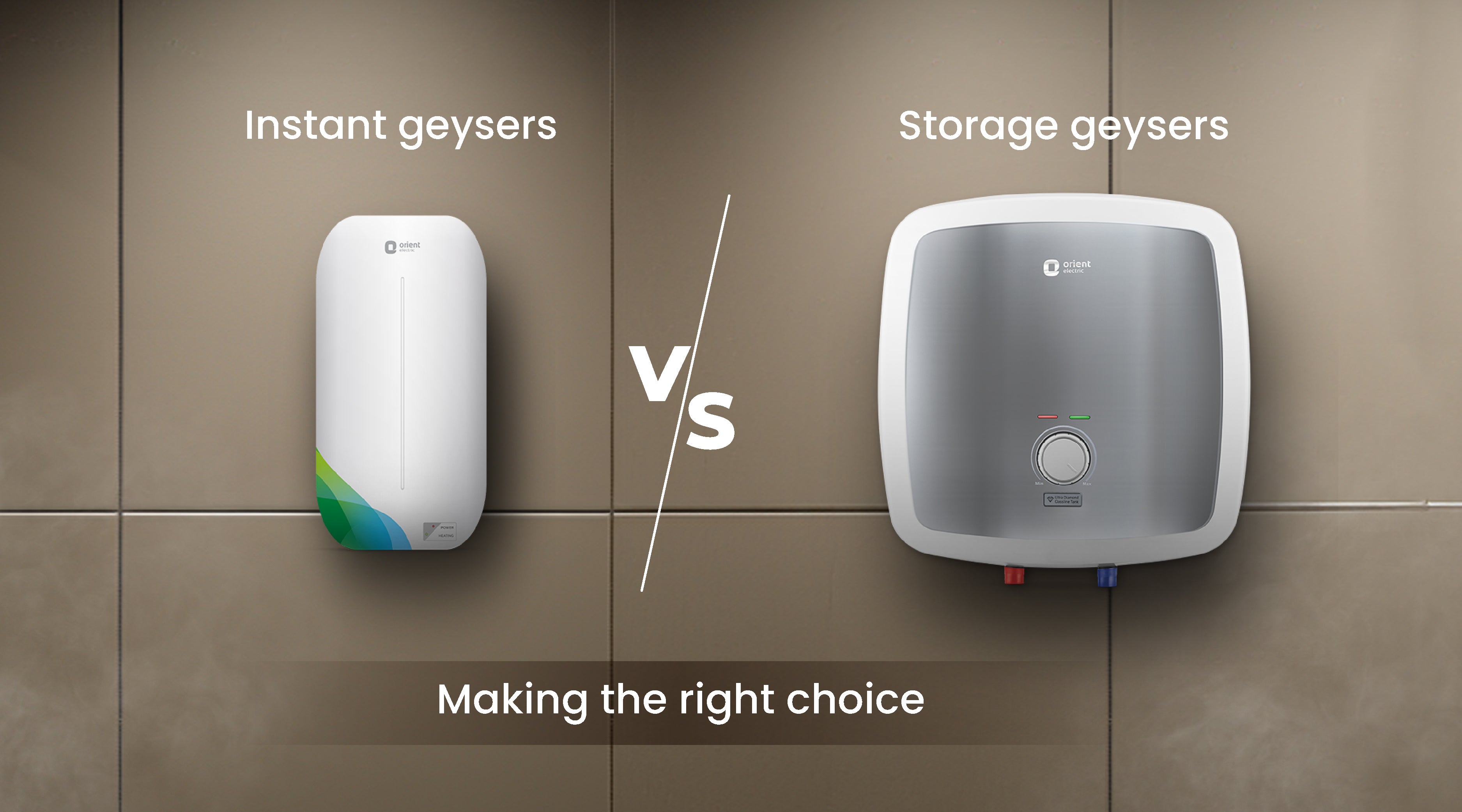Certain geyser sizes may not be suitable for small pipes.
Certain geyser sizes may not be suitable for small pipes.
Blog Article
Exactly how to Pick the Right Geyser to Take Full Advantage Of Energy Efficiency in your house
Choosing an energy-efficient geyser is not as straightforward as it appears, requiring cautious evaluation of different elements. From recognizing the different types of geysers, to examining their power effectiveness rankings and thinking about positioning technique, each choice plays an essential duty in optimizing performance. Stabilizing the preliminary investment with lasting savings is likewise crucial. Let's start this trip to find just how to make the most educated choice for a hot spring that will certainly decrease your power expenses while guaranteeing optimum performance.

Recognizing the Various Types of Geyser
While there are various sorts of geysers offered on the market, understanding the distinctions between them is vital for power efficiency (geyser sizes). The first kind, storage space hot springs, are the most common and shop warm water in a storage tank for use when needed. They are offered in various capabilities and are typically energy-efficient, however they can lose warmth when not being used
The second type is the tankless geyser, which warms water on need, leading to less energy waste but requiring a higher first power draw. There are warm pump geysers that make use of electrical energy to relocate warmth from one location to another rather of creating warm directly. They can be 2 to 3 times extra energy reliable than conventional storage geysers. Finally, solar hot springs make use of solar power to heat up the water, making them the most energy-efficient but likewise one of the most costly.
Examining Your House's Hot Water Demands
Prior to diving into the purchase of a geyser, it is pivotal to examine the warm water needs of your house. This analysis ought to take into consideration numerous elements consisting of the number of family participants, frequency of warm water usage, and the number of warm water outlets in the home (geyser sizes). A tiny family members with occasional hot water use may require a smaller, less effective geyser contrasted to a bigger household with numerous everyday warm water requirements
The kind of appliances that require hot water also play a substantial role. Dishwashers and washing equipments, for example, may call for more warm water than an easy shower or kitchen sink. In addition, details activities such as showering or cleansing also affect the regularity and volume of warm water required.
Evaluating Power Efficiency Rankings of Geyser
Having actually analyzed the hot water demands of your family, it is very important to turn your attention to the power performance scores of geysers. These rankings, usually given as Energy Variable (EF), show a hot spring's overall power efficiency based on the quantity of warm water produced each of fuel eaten over a regular day. The greater the EF, the much more efficient the water heating unit.

Factors To Consider in Geyser Size and Positioning
Beyond power performance rankings, the size and positioning of your geyser are critical aspects to think about. The dimension of the geyser need to straighten with your house's warm water Discover More Here demands. A tiny geyser may make use of less power but may not provide sufficient warm water for several uses at the very same time, whereas a larger unit can fulfill better need but may consume even more power.
Hot springs ought to be installed close to points of use to lessen warmth loss throughout water transportation. In addition, thinking about thermal insulation, a geyser situated in a warmer area sheds less warm and as a result makes use of much less energy to keep the water temperature.
Expense Analysis: Balancing Initial Financial Investment and Long-Term Cost Savings
While size and positioning undoubtedly play significant duties in a hot spring's energy efficiency, one must not forget the monetary facet. When considering the preliminary financial investment, the rate of energy-efficient geysers can be higher than common models. Nevertheless, the raised in advance expense can be balanced out by lasting energy financial savings, making it a beneficial investment over time.
Evaluating long-lasting financial savings requires an understanding of the geyser's power ranking. An appliance with a greater ranking will eat much less energy, converting to reduced utility expenses gradually. Moreover, government motivations and refunds for energy-efficient devices can also assist recover first expenses.
Finally, maintenance and life expectancy must be factored in. Energy-efficient hot springs usually have longer life-spans and lower maintenance prices, adding to total savings. When stabilizing preliminary investment and long-lasting financial savings, one must consider not only the purchase cost yet also this hyperlink power intake, federal government rewards, and upkeep prices.

Verdict
Choosing an energy-efficient geyser requires careful consideration of numerous variables. These consist of understanding the types of hot springs, examining your family's warm water needs, evaluating energy efficiency rankings, and calculating cost benefits. The right geyser size, placement, and insulation can considerably reduce energy costs and environmental influence. For that reason, making a well-informed option can bring about significant long-term cost savings, making it a worthwhile investment for your home.
Report this page